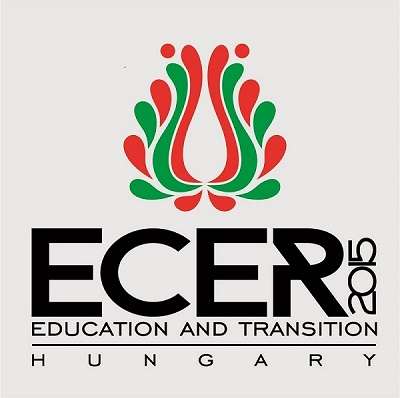Reading the Minds of Communicative Agents in Early Infancy

Professor György Gergely
Cognitive Development Center
Department of Cognitive Science
Central European University, Budapest
What are the developmental origins of humans’ sophisticated ability to recognize and interpret ostensive communicative actions of others? Ostensive communication is a species-unique form of epistemic cooperation that relies on specialized ostensive-referential behavioral signals (such as words and non-verbal deictic gestures like pointing) to encode the relevant informative and referential intentions of communicative agents. When interpreting others’ ostensive communicative actions humans employ context-sensitive pragmatic inferences to recover the relevant informative intentions behind the other agent’s communicative actions in the particular context.
I shall summarize recent evidence from Natural Pedagogy theory (Csibra &, Gergely, 2009, 2013) showing that several key aspects of humans’ special adaptedness to engage in and interpret ostensive referential communication is already present in young preverbal infants. In particular, infants show evolved sensitivity to detect and interpret certain ostensive behavioral signals as indicating communicative agency and communicative intention such as eye-contact, or being addressed by infant-directed speech (motherese). Such ostensive cues allow young infants to recognize the other’s behavioral acts as communicative actions, trigger the assignment of communicative agency, and activate a referential interpretation of the agent’s subsequent orientational responses (such as object-oriented gaze-shift or pointing gesture). Ostensive signals also induce in infants a presumption about the relevance, genericity, and sharedness of kind-relevant information that is ostensively manifested about the referent.
Finally, I shall present new experimental evidence demonstrating that when observing novel behavioral interactions between unfamiliar agents from a 3rd-person perspective, 10- and 13-month-old infants can detect and rely on the abstract pattern of turn-taking contingent reactivity at a distance as a diagnostic cue to interpret the interaction as involving ostensive communicative information transfer. The results indicate that preverbal infants’ show evolved sensitivity to a number of non-verbal ostensive behavioral cues that allow them to recognize communicative actions and that induce context-sensitive pragmatic mindreading inferences to identify the intended referent and to infer the intended informative content conveyed by the communicative exchange.
About György Gergely
György Gergely is a CEU University Professor at the Department of Cognitive Science at the Central European University, Budapest, where he is Co-Director of the Cognitive Development Center. His main areas of scientific research include: Social and cognitive development and cultural learning in infancy and early childhood, action understanding, theory of mind, and developmental psychopathology. He has published books and numerous papers in three broad areas of research and theory: a) cognitive science, b) cognitive and socio-emotional development, and c) clinical and psychoanalytic developmental theory, and developmental psychopathology.
Dr. Gergely has completed his graduate education in psychology at University College London and Columbia University, New York, where he received his PhD in experimental psycholinguistics in 1986. He has also done a graduate training specialisation in clinical child psychology at the HIETE University in Budapest and became to a qualified Clinical Child Psychologist in 1997. Professor Gergely’s broad scientific contributions have been recognised by several international awards in the fields of psychology, philosophy, and psychoanalytic theory including the Guggenheim Fellowship (2004, New York), the Jean-Nicod Prize in Philosophy of Mind (2011, Paris), The Sylvia Brody Prize for Excellence in Psychoanalytic Research (New York Psychoanalytic Association, 2004) and The Charles Simonyi Research Prize of the Hungarian Academy of Sciences (2010).
Qualifications:
2006 Dr. Habil. Cognitive Neuroscience Doctoral Program, Budapest University of Technology and Economics, Hungary
2002 D. Sc. Degree in Psychology, Hungarian Academy of Sciences
1986 Ph.D. Degree in Psychology, Columbia University, Experimental Psycholinguistics Program,
1997 Graduate Training in Clinical Child Psychology, Qualified Clinical Child Psychologist, HIETE University, Budapest
1980 M. Phil. Degree in Psychology, University College, London
1978 B.Sc. Degree in Social Psychology, The London School of Economics and Political Sciences
2007- Academic Research Faculty Member, University College London/The Anna Freud Centre, London
2009 Honorary Member of the Hungarian Psychoanalytic Association
ECER 2015

